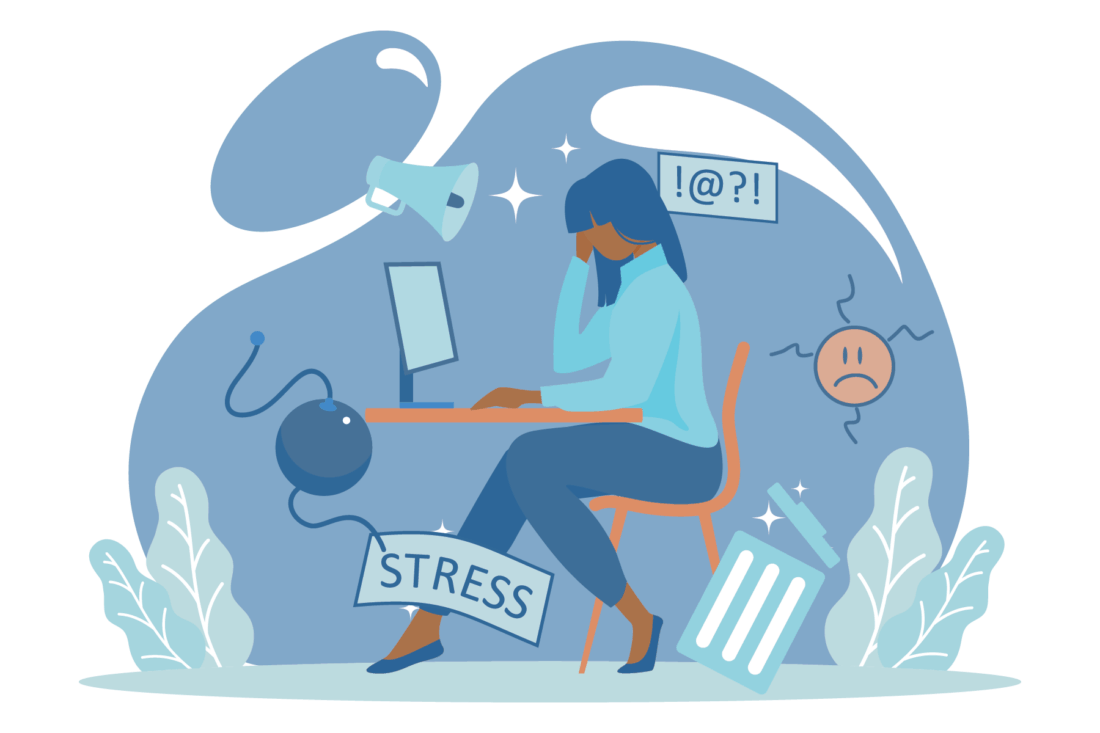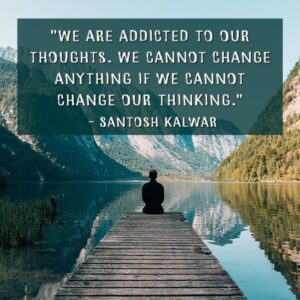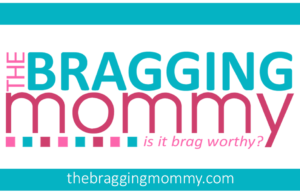Burnout is becoming a badge of honor in too many workplaces. Deadlines are tightening, and inboxes are exploding.
While everyone’s “powering through,” business performance is silently taking a hit. High turnover, absenteeism, disengagement—it’s all connected to a single root cause: neglected mental health.

Companies that ignore mental wellbeing aren’t just risking employee happiness. They’re also gambling with profit, productivity, and reputation.
Employees can’t bring their best ideas, focus, or energy when they’re overwhelmed, stressed, or unsupported. The result?
- Deadlines slip
- Team morale plummets
- Creativity evaporates
- And suddenly, that superstar employee is handing in their resignation
This is where business leaders like Adam Carrozza can help. Adam is the Managing Director of Allos Australia, a psychologist, and a workplace mental health trailblazer. He’s not just talking the talk, he’s leading a movement to make mental wellbeing part of everyday business strategy.
His approach is reshaping what a “successful” company looks like. It’s not just about revenue anymore. It’s about creating workplaces where people actually want to work.
Why Workplace Mental Health Isn’t Optional Anymore
Mental Health = Business Health
Workplace wellbeing isn’t fluff, it’s fuel. Here’s what happens when companies start taking it seriously:
- Productivity spikes
- Retention improves
- Sick days decrease
- Collaboration and creativity boom
Bottom line: It’s not just about feeling good. It’s about performing better.
“A mentally healthy workplace is a high-performing environment.” – Adam Carrozza
The Real Cost of Doing Nothing
Ignoring mental health during work hours drains your business:
- $10.9 billion is lost annually in Australia alone due to work-related mental health conditions.
- Stressed workers are 63% more likely to take a sick day
- Poor mental health leads to a 12% drop in productivity
Adam Carrozza’s Proactive Playbook
Adam Carrozza doesn’t wait for a crisis to act. At Allos Australia, he’s implemented proactive, preventative strategies that tackle issues before they spiral. It’s all about early intervention, psychological safety, and workplace culture transformation.
What This Looks Like in Practice:
- On-site psychological services
- Mental health education for managers
- Support workers through wellbeing workshops and resilience training
- Real-time data insights to track and adapt strategies
And guess what? The results speak volumes:
“Our team is more energized, connected, and creative. We’re finally building something sustainable.” – HR Manager, Allos client
From Band-Aids to Blueprint: Prevention Over Reaction
Most businesses only talk about mental health after something bad happens—burnout, conflict, resignations. But Adam’s approach flips the script. He encourages:
- Early check-ins
- Ongoing training
- A culture where it’s normal to ask for support
This culture-first mentality is what makes Allos Australia a standout. It’s also why other businesses are catching on fast.
Mental Health in the Workplace: A Fast-Growing Priority
The corporate world is finally waking up. Mental health is no longer a back-burner topic.
- 76% of employees now expect mental health support from their employer and co-workers
- HR leaders rank mental health as a top-three priority
- Investment in workplace wellbeing is growing year-over-year
Adam Carrozza is at the forefront of this shift, proving that supporting people isn’t just the right thing to do, it’s also smart business.
How to Build a Thriving Workplace (Inspired by Adam’s Model)
Here are five simple (but powerful) steps to get started:
1) Start at the Top
Culture starts with leadership. If workplace leaders and executives are burning out, skipping breaks, or ignoring stress signals, employees will follow suit. On the flip side, when leaders openly prioritize self-care, set boundaries, and support wellbeing initiatives, it sends a powerful message: “Mental health matters here.”
How to do it:
- Encourage leaders to take mental health days, and talk about them
- Block off “focus hours” or “no-meeting” times on calendars
- Provide executive coaching that includes how to deal with mental health challenges
2) Talk About It
If mental health is still a taboo topic in your work environment, it’s time to break the silence. Open, honest conversations help reduce stigma and encourage people to manage stress and seek support early, before burnout becomes a breakdown.
How to do it:
- Introduce regular “Wellbeing Check-ins” in team meetings
- Encourage storytelling. Invite employees or leaders to share personal mental health journeys
- Celebrate “R U OK? Day” or Mental Health Month with real commitment, not just posters in the breakroom
Talking about it shouldn’t feel weird. It should feel like a regular part of work life.
3) Train Your Team
Most managers want to help their teams. But many simply aren’t trained to recognize mental health red flags or respond appropriately. Adam’s approach includes targeted training to turn well-meaning managers into confident mental health allies.
How to do it:
- Offer Mental Health First Aid training
- Provide scripts and scenarios for tough conversations
- Encourage managers to regularly ask, “How are you really doing?”
When managers are equipped to support mental health, the entire team becomes more resilient.
4) Offer Real Resources
Free fruit and a ping-pong table won’t cut it anymore. Employees need tangible, accessible mental health resources. Adam Carrozza emphasizes the importance of integrating psychological support into everyday business operations.
How to do it:
- Set up on-demand access to EAPs (Employee Assistance Programs)
- Offer sessions with psychologists or wellbeing coaches
- Launch digital platforms or apps that support mindfulness, stress relief, or burnout prevention
The goal isn’t to react to problems, it’s to prevent them.
5) Measure and Adapt
You can’t manage what you don’t measure. Collecting feedback and tracking mental health trends is key to understanding your workplace wellbeing. Adam’s approach includes using real-time insights to evolve strategies continuously. What works today might not work tomorrow.
How to do it:
- Conduct quarterly anonymous well-being surveys
- Track EAP usage, sick leave trends, and engagement metrics
- Adjust initiatives based on feedback—then communicate what’s changing and why
Mental health care is an ongoing process of learning and improving.
FAQs
Q: Why should businesses care about workplace mental health?
A: Because employees are human. And when humans feel supported, they perform better, stay longer, and innovate more. It’s not just ethical, it’s a smart strategy.
Q: What’s a “preventative” mental health strategy?
A: It’s the opposite of crisis management. It means supporting employees regularly (like check-ups for mental fitness) so problems are less likely to develop in the first place.
Q: Who is Adam Carrozza?
A: Adam is the Managing Director of Allos Australia and a registered psychologist. He’s leading the charge in transforming workplaces into mentally healthy, high-performing environments.
Q: What types of companies benefit from these initiatives?
A: All types—from startups to multinationals. Mental health doesn’t discriminate, and every business has the potential to do better.
Final Thoughts
Thanks to leaders like Adam Carrozza, workplace mental health is finally getting the attention it deserves. Businesses that prioritise employee wellbeing aren’t just doing the right thing. They’re setting themselves up to thrive in a competitive world.
If you want a more innovative, collaborative, and resilient workplace, don’t wait for burnout to strike. Follow Adam’s lead—start building mental health into your business DNA today.



